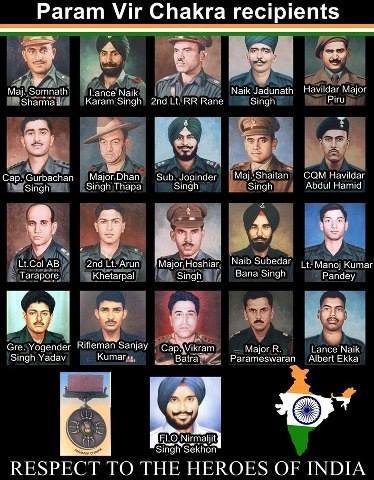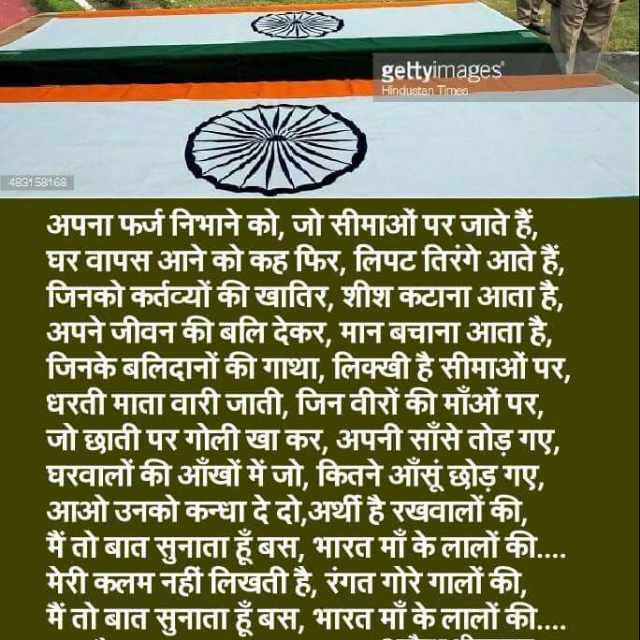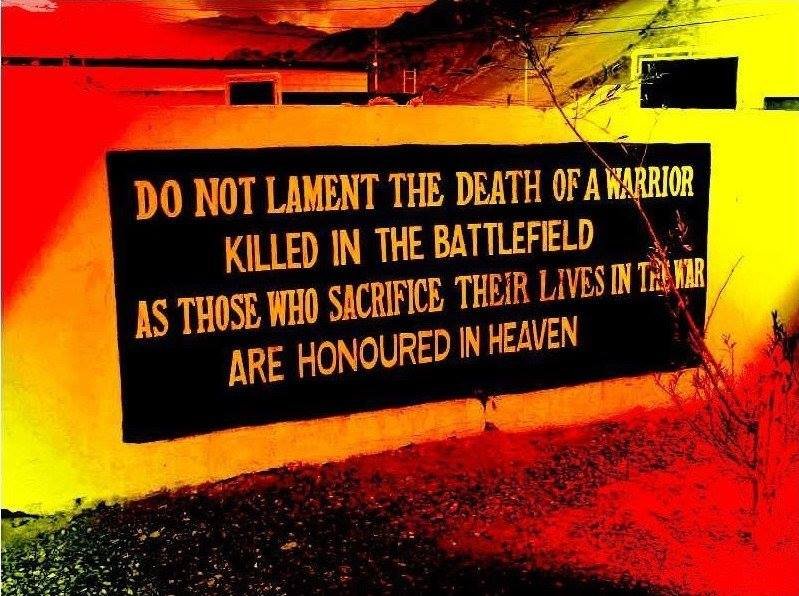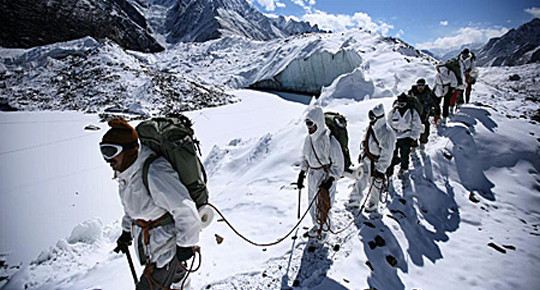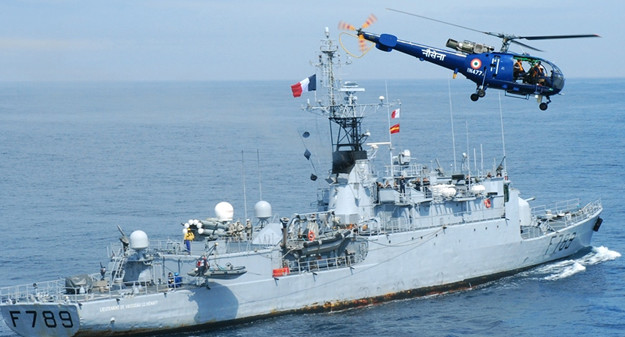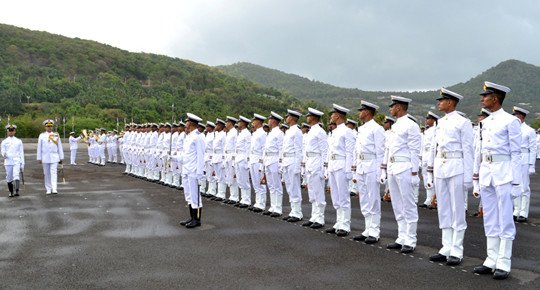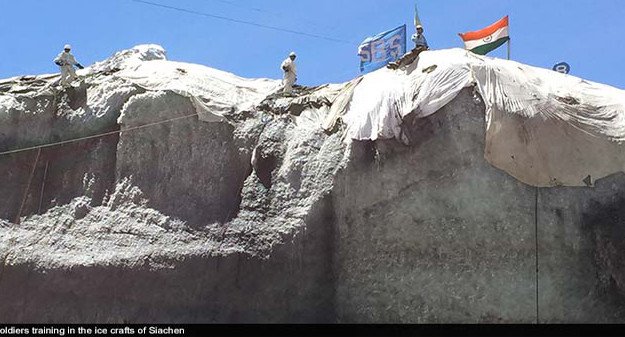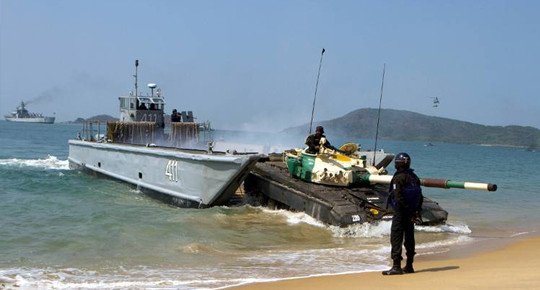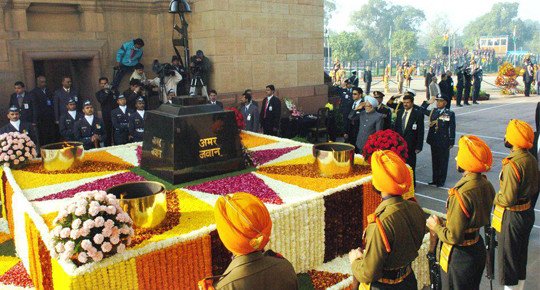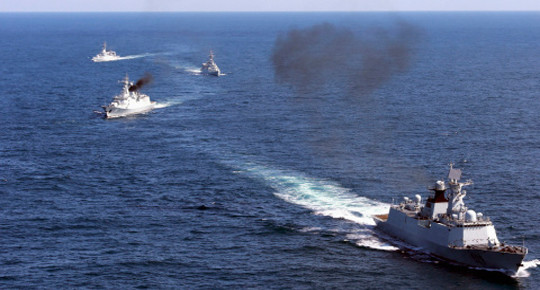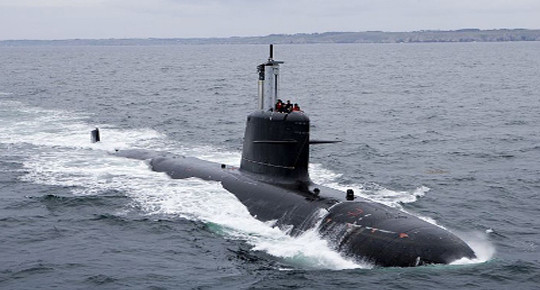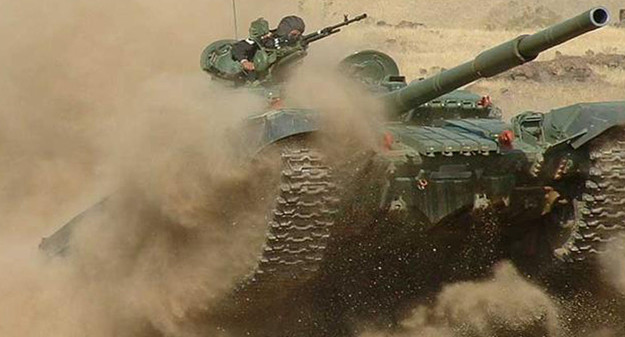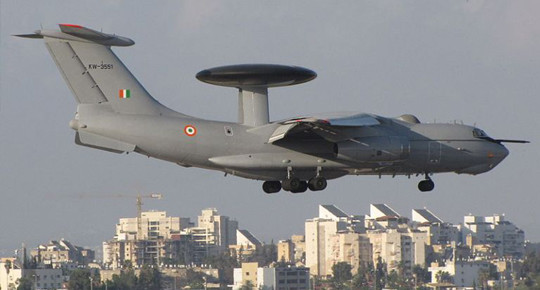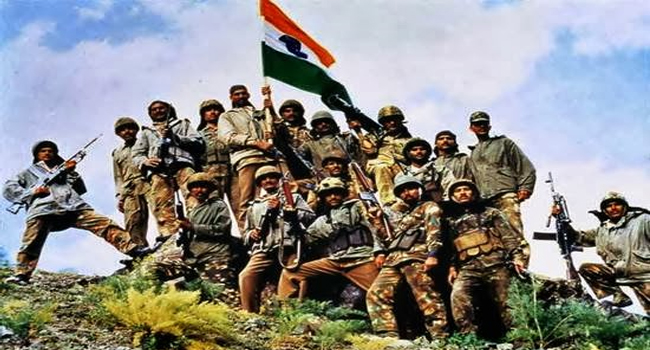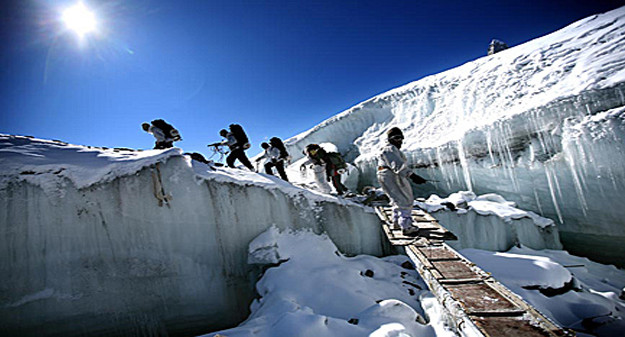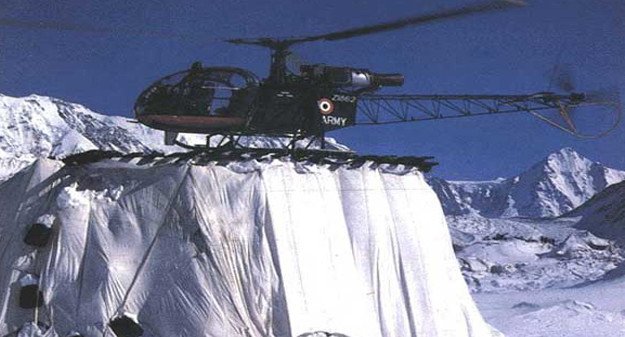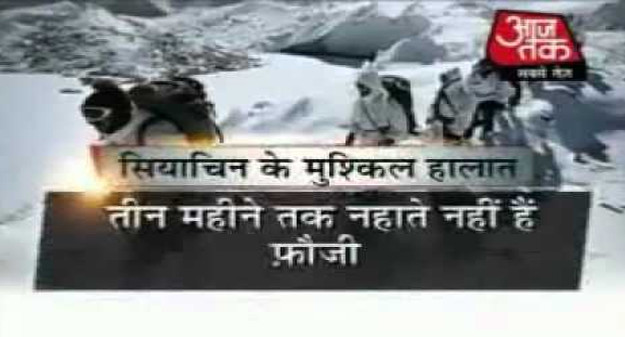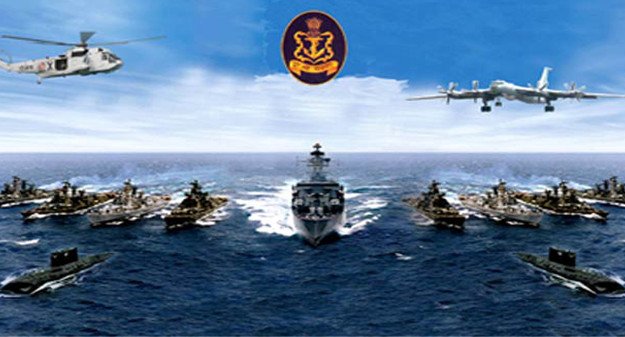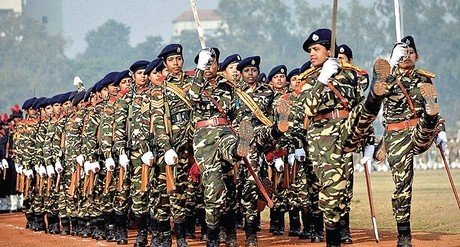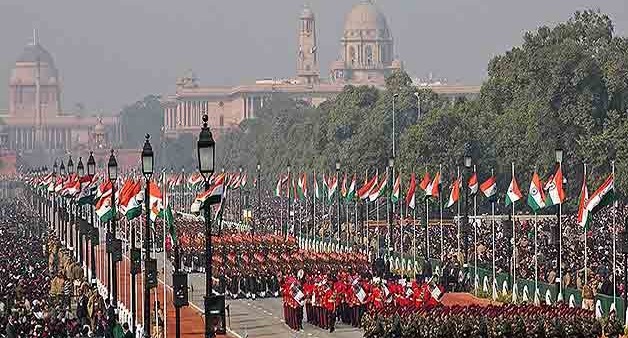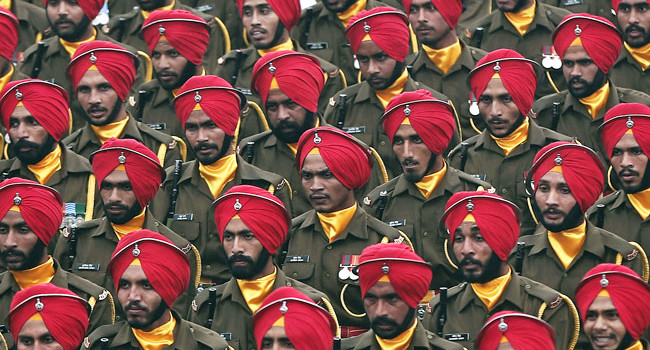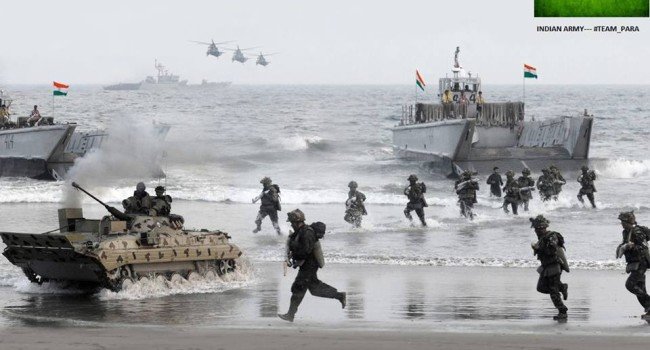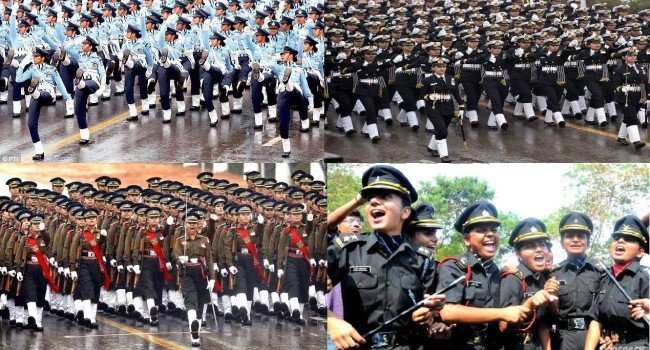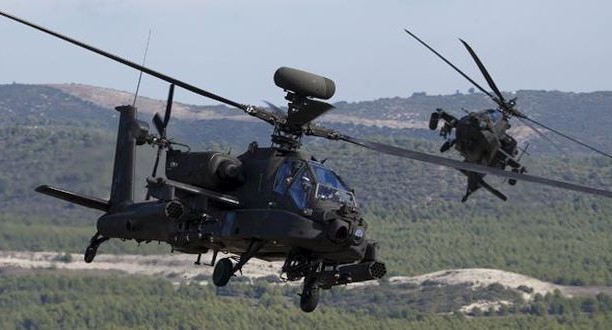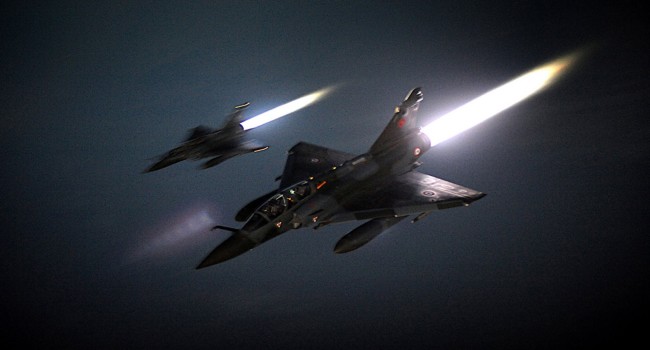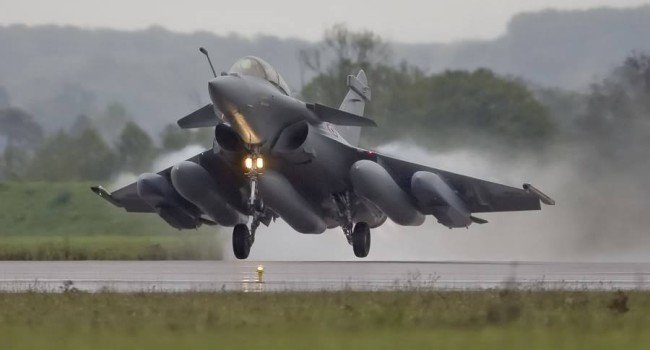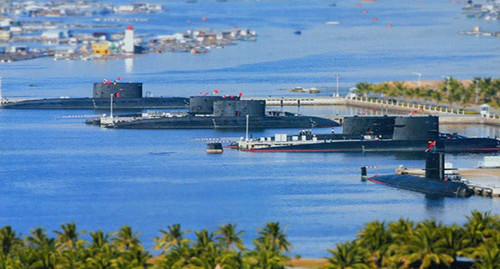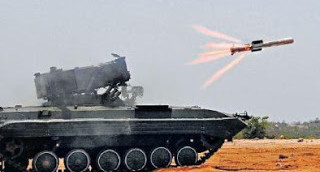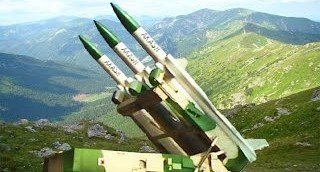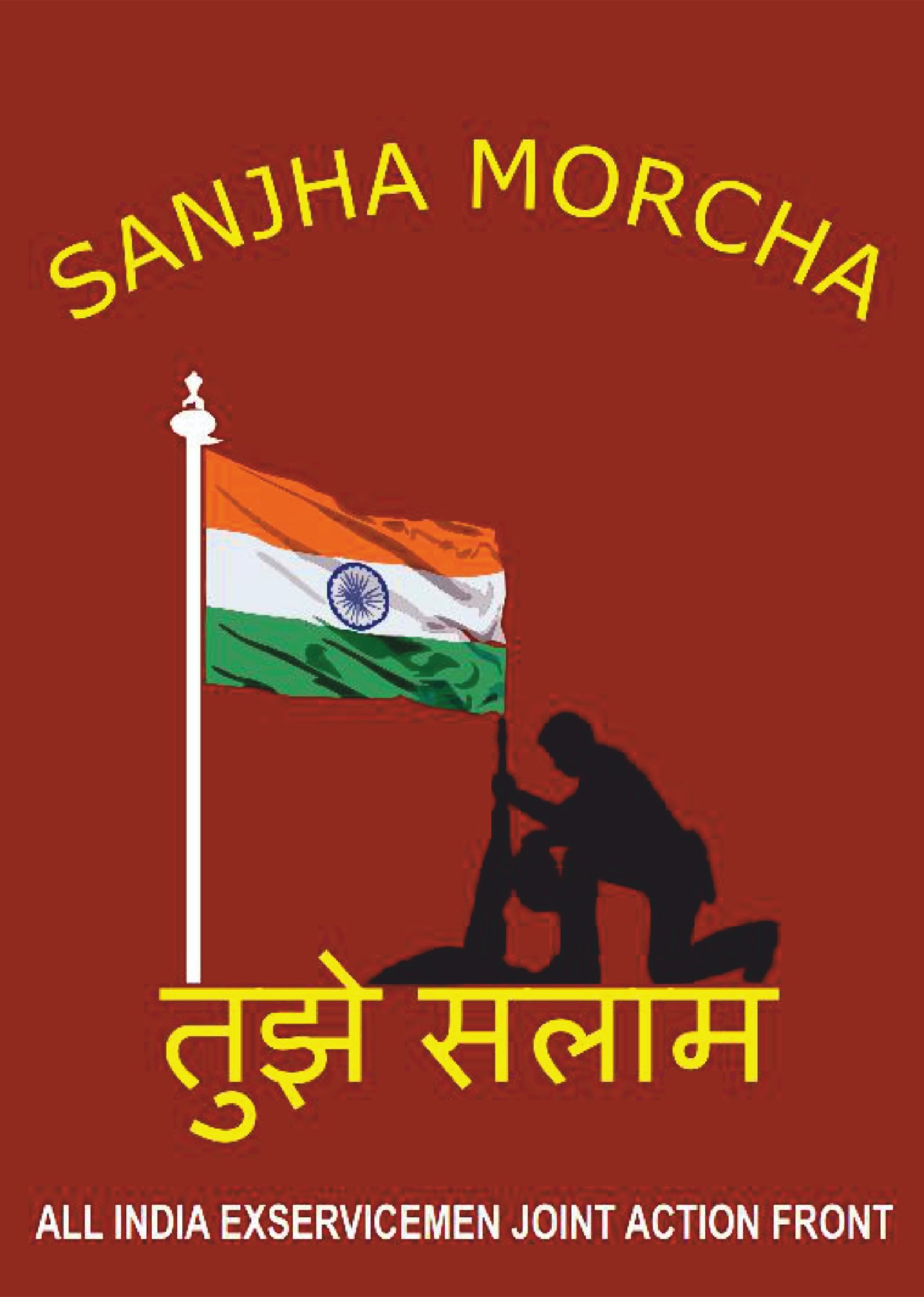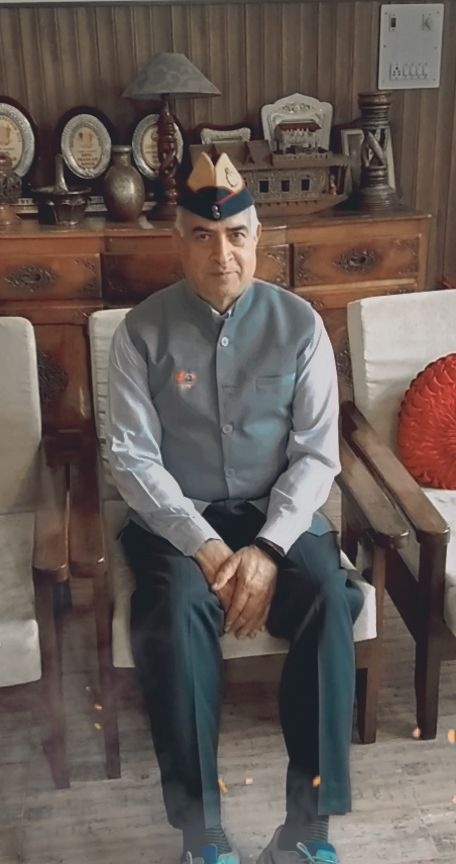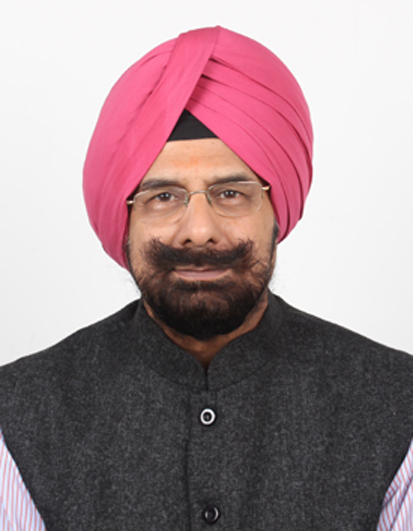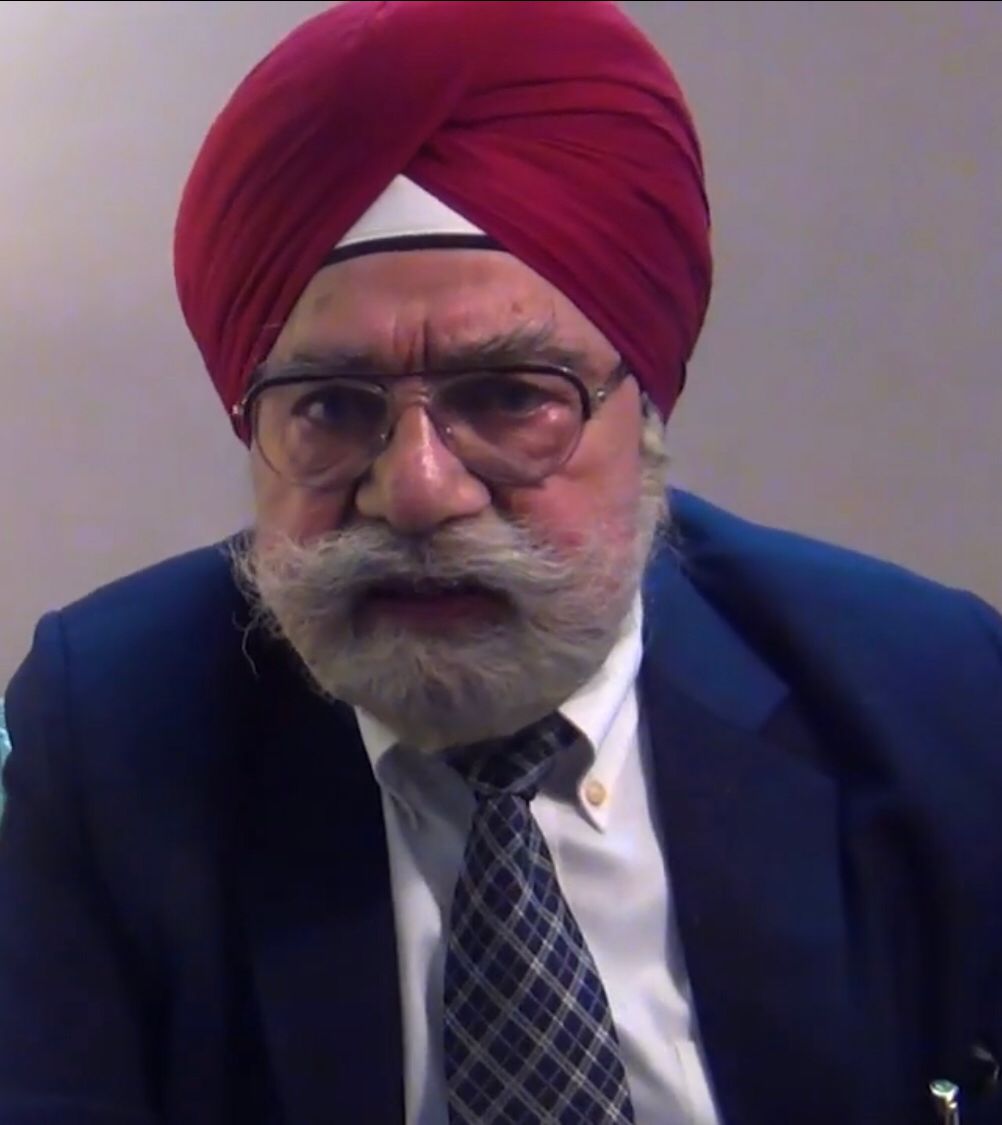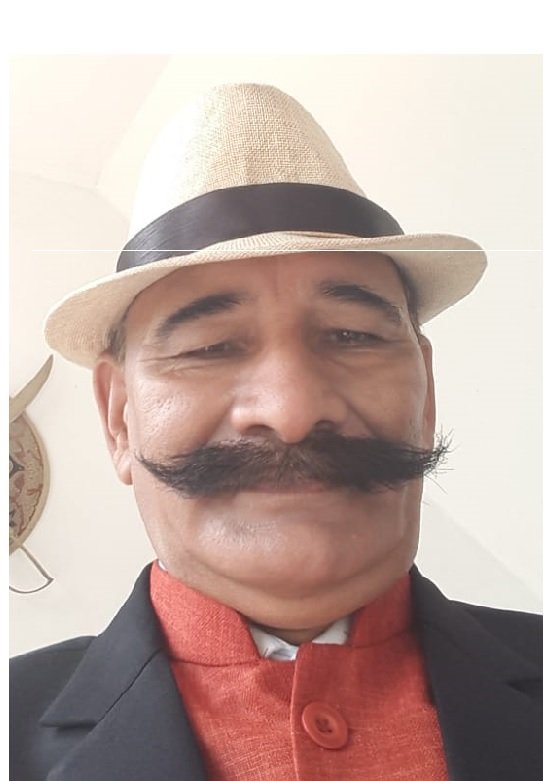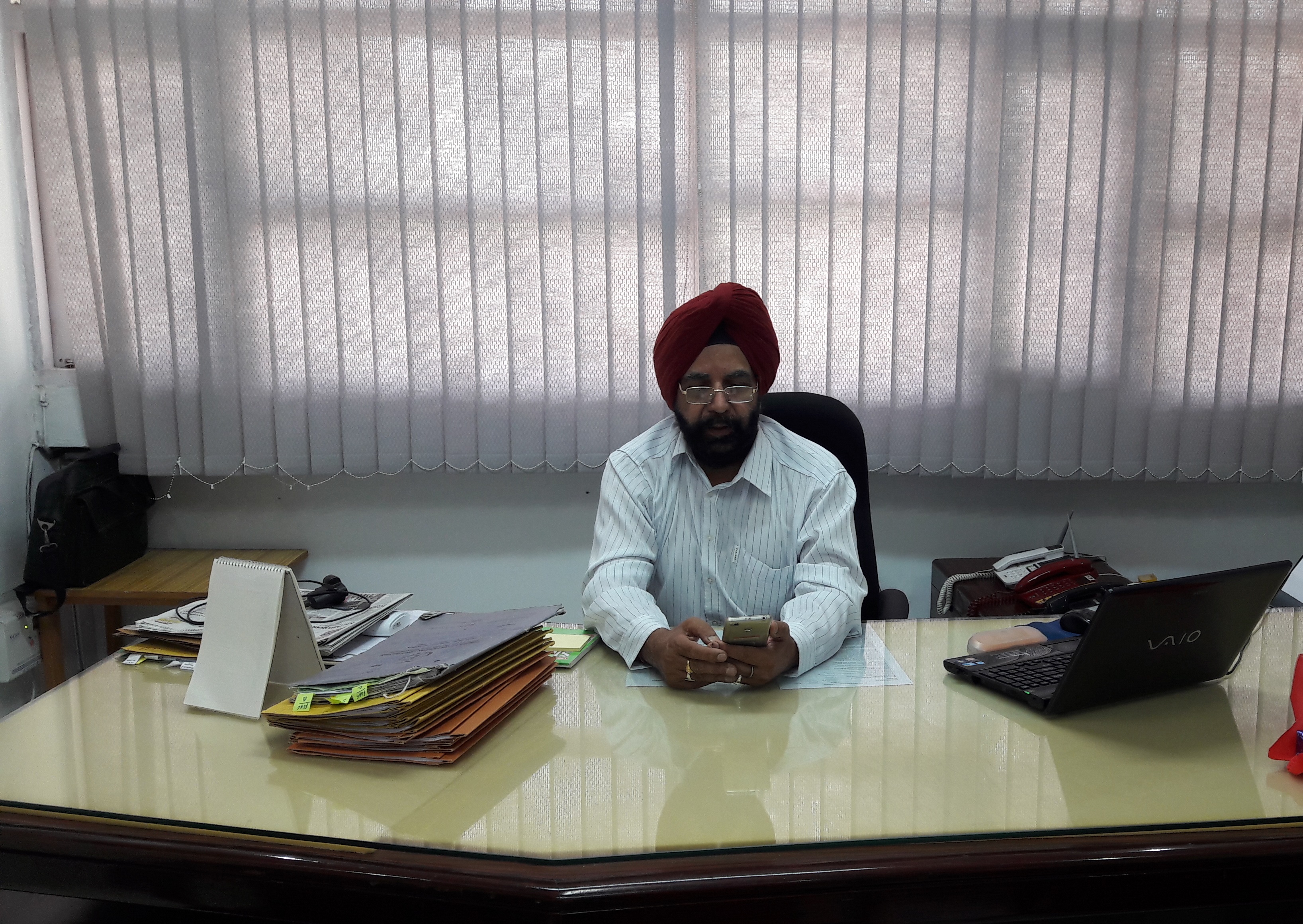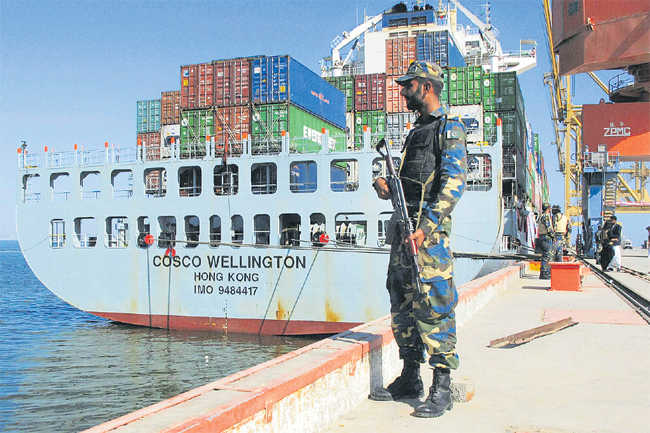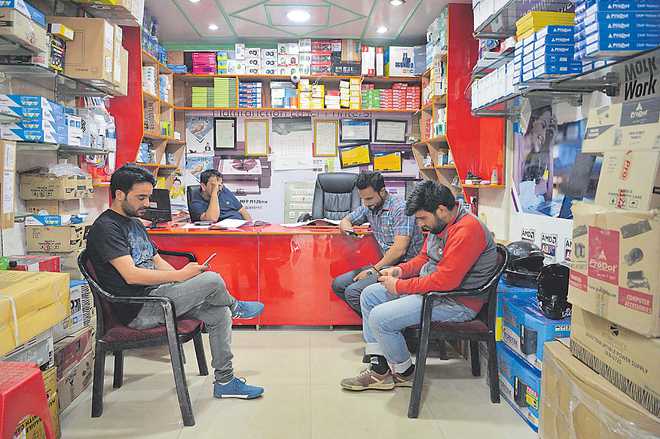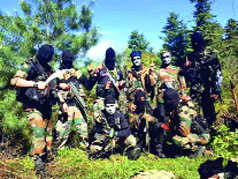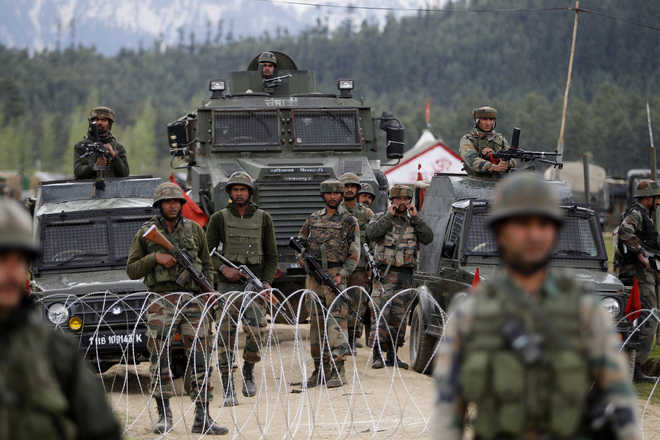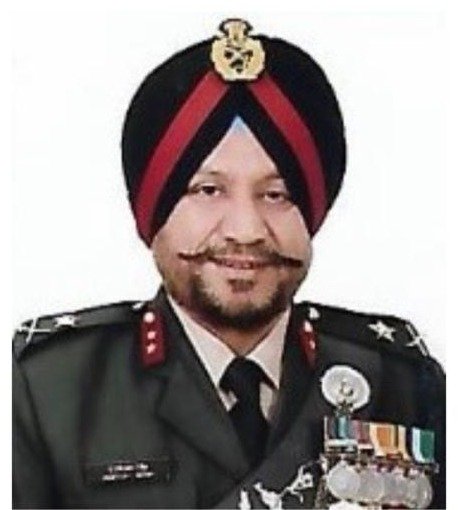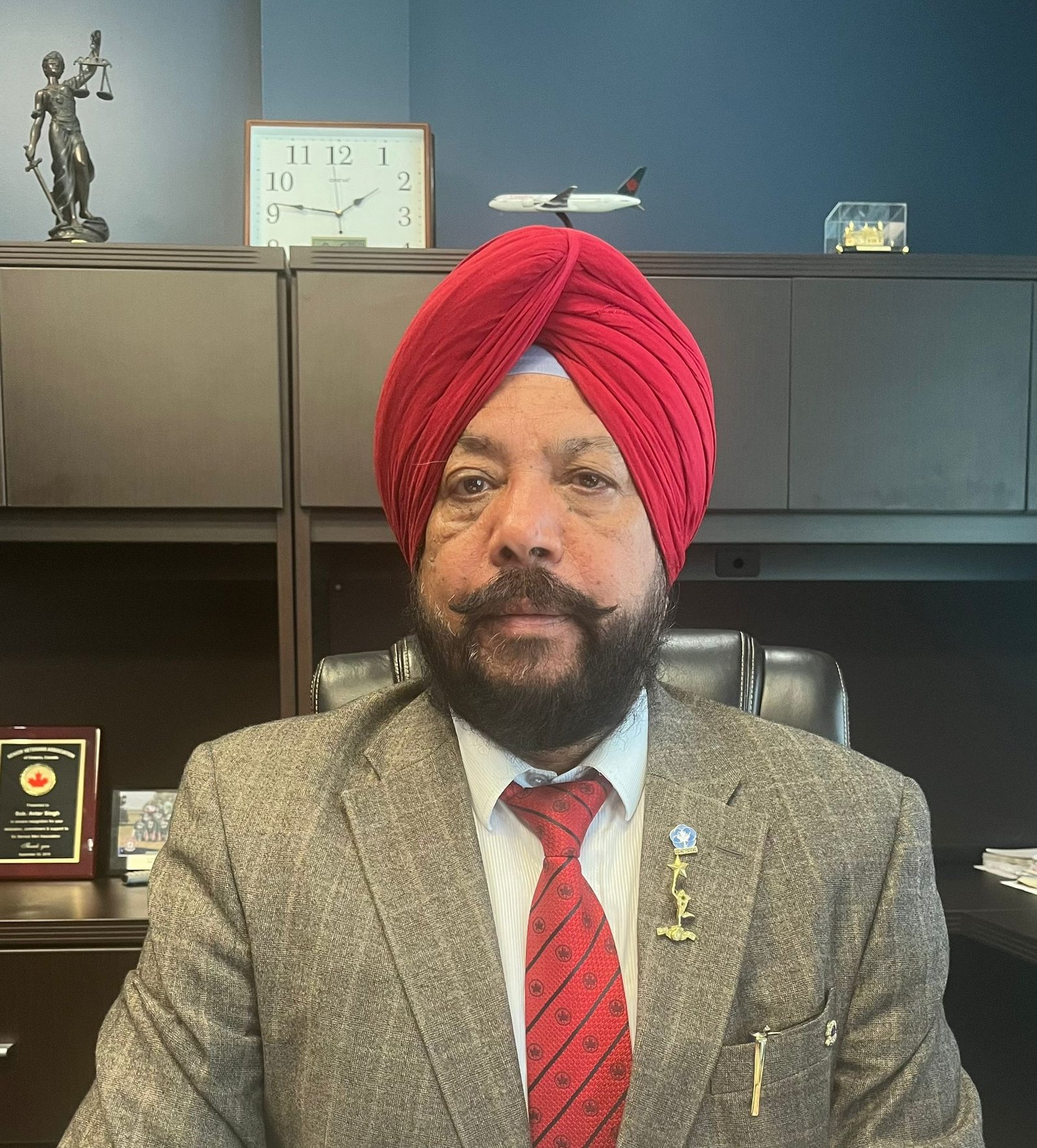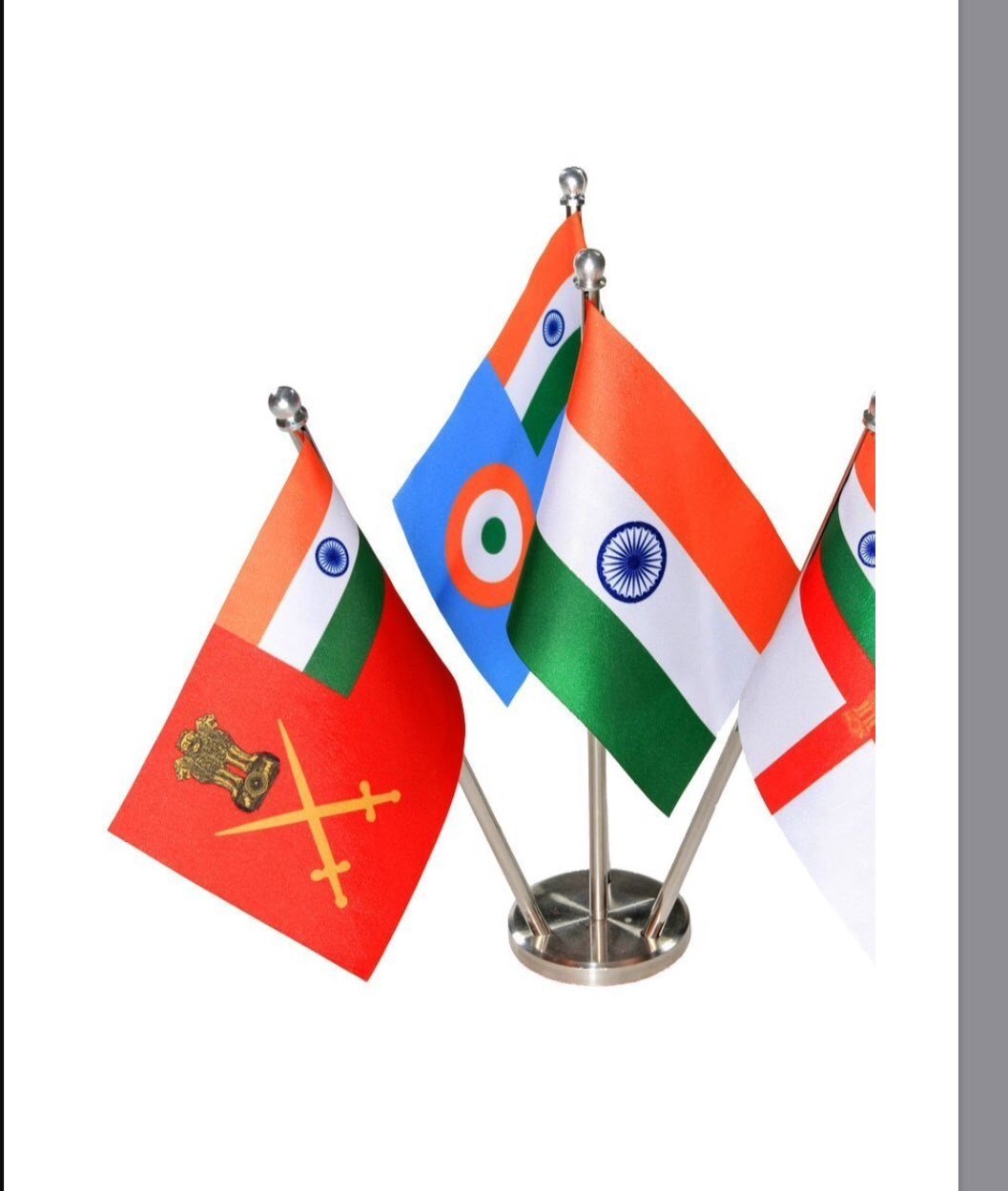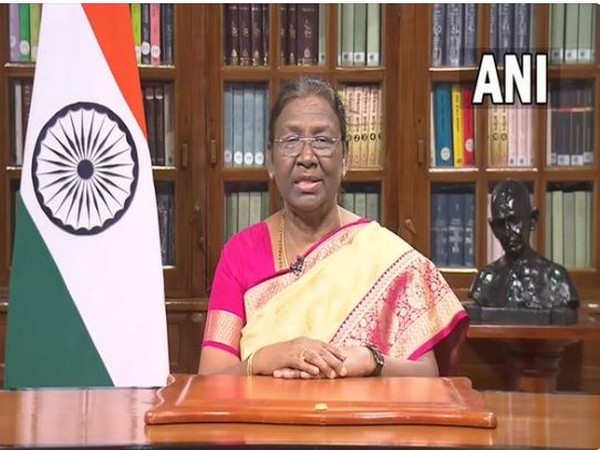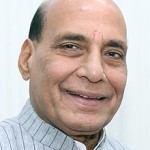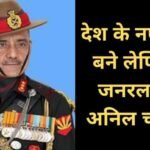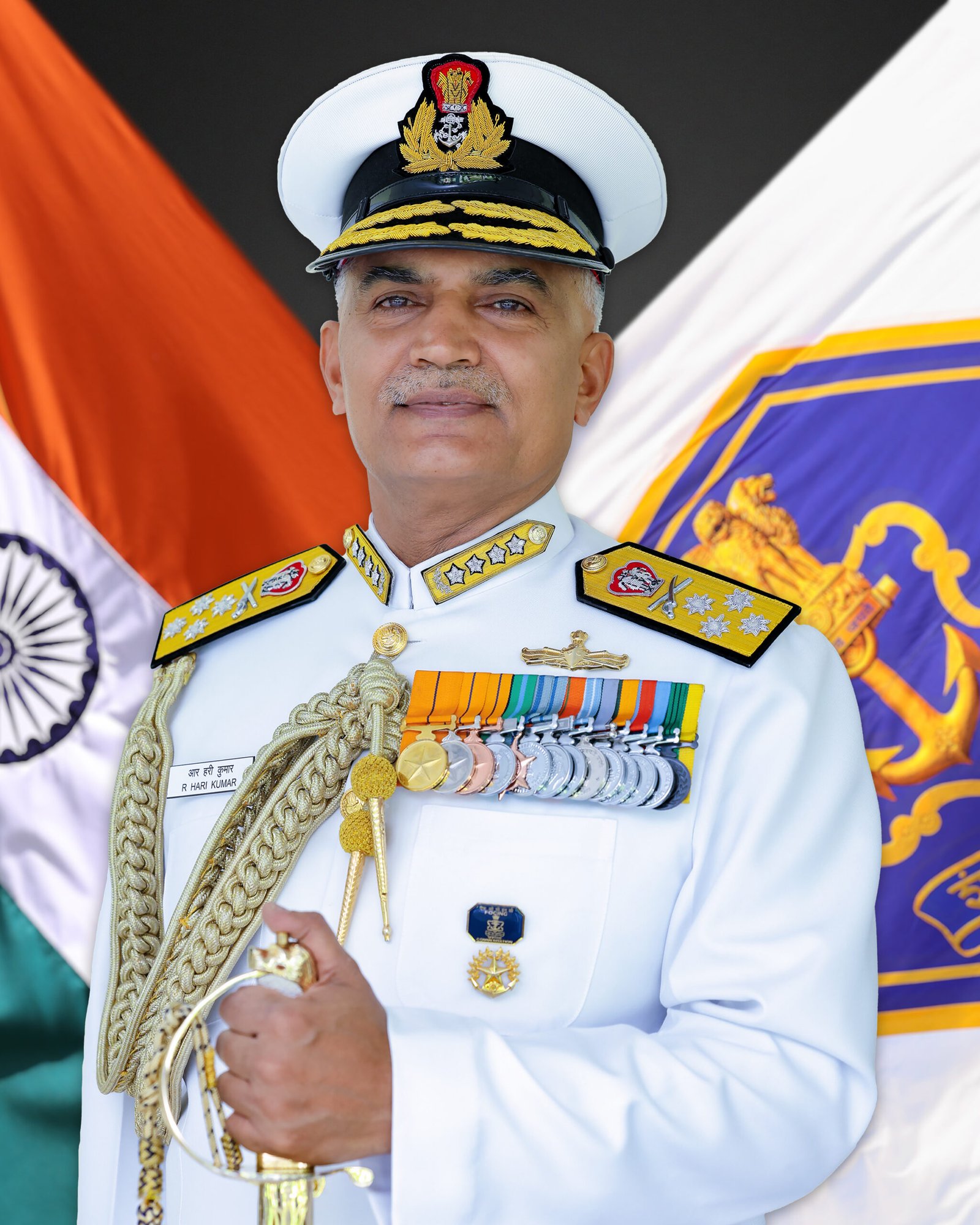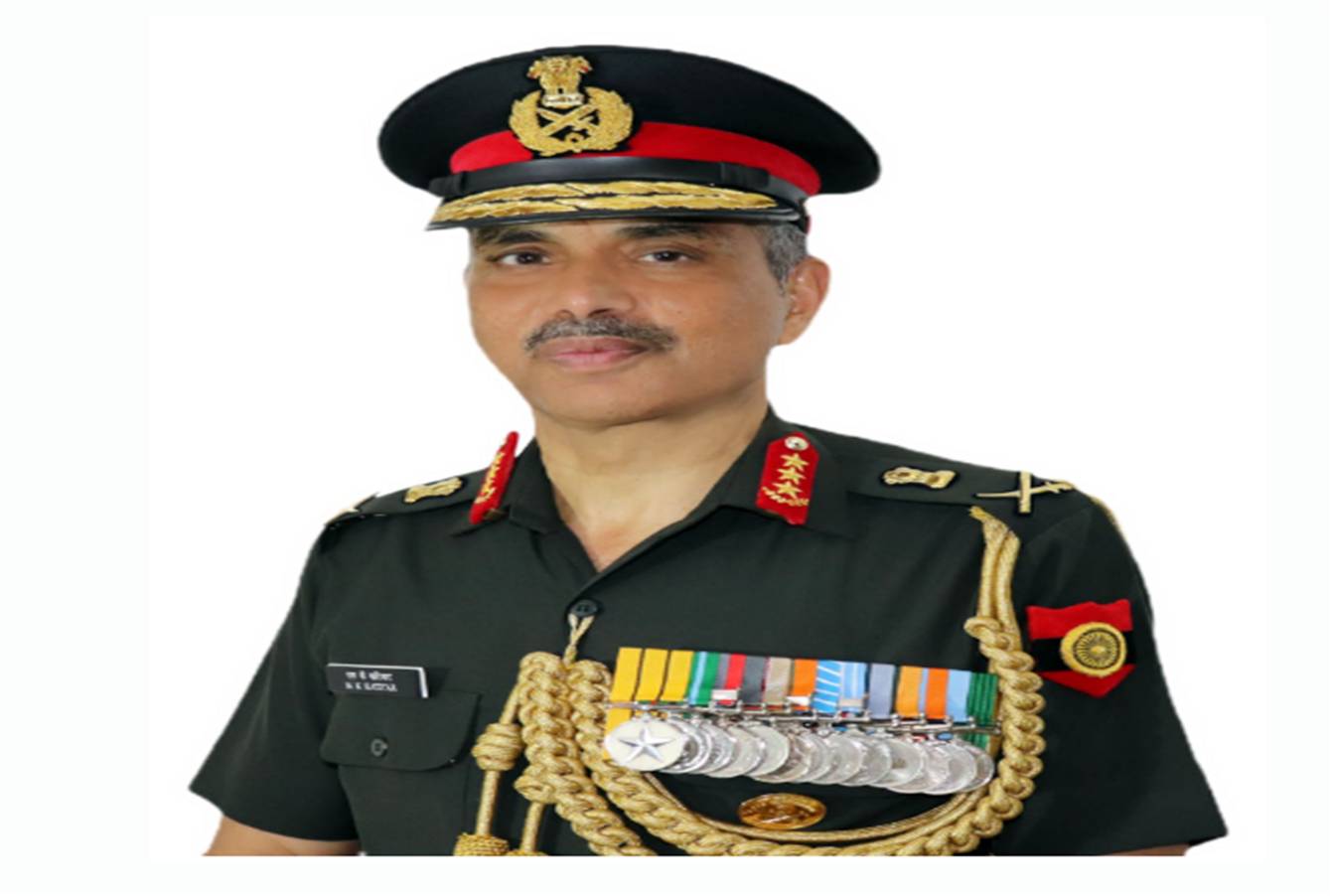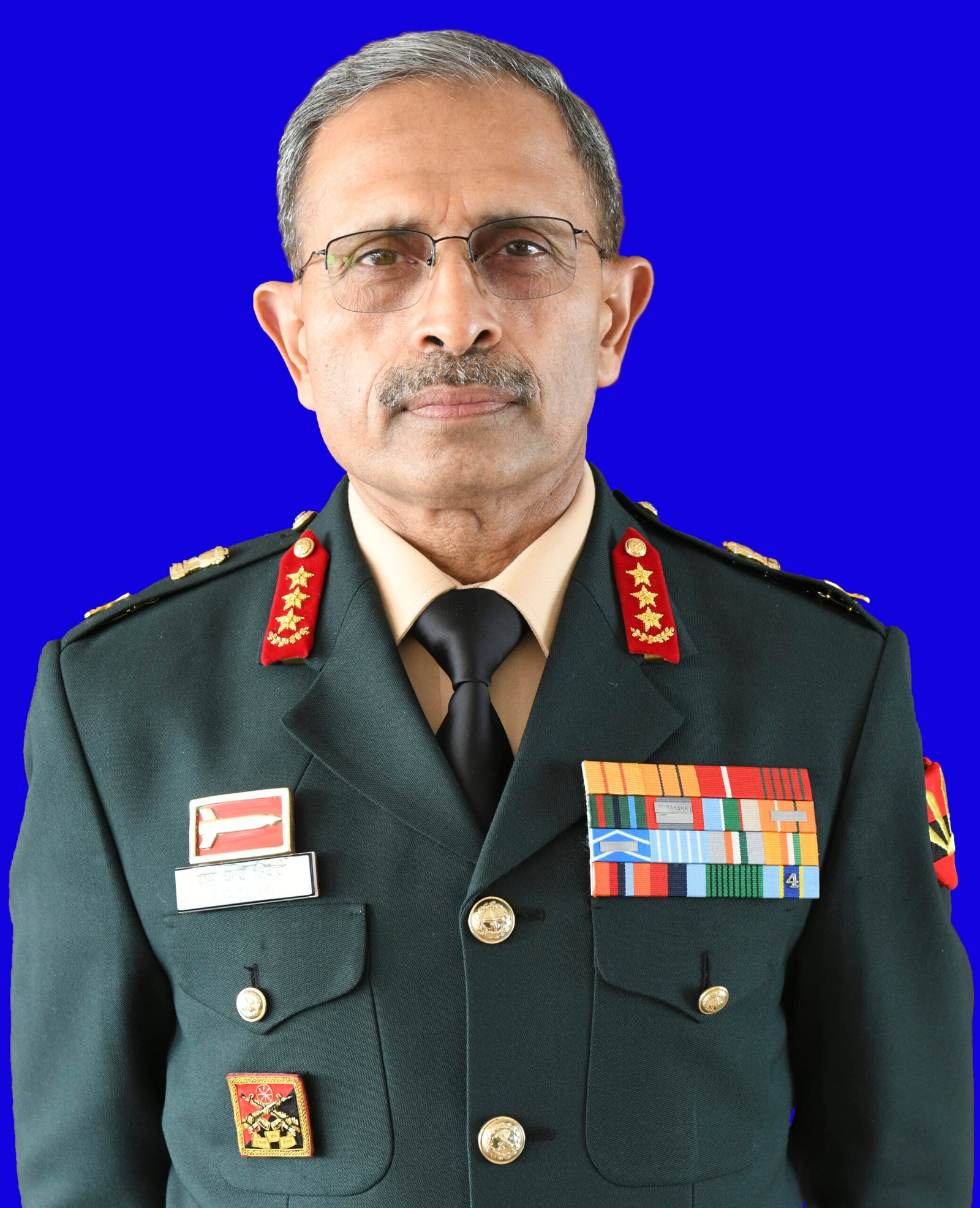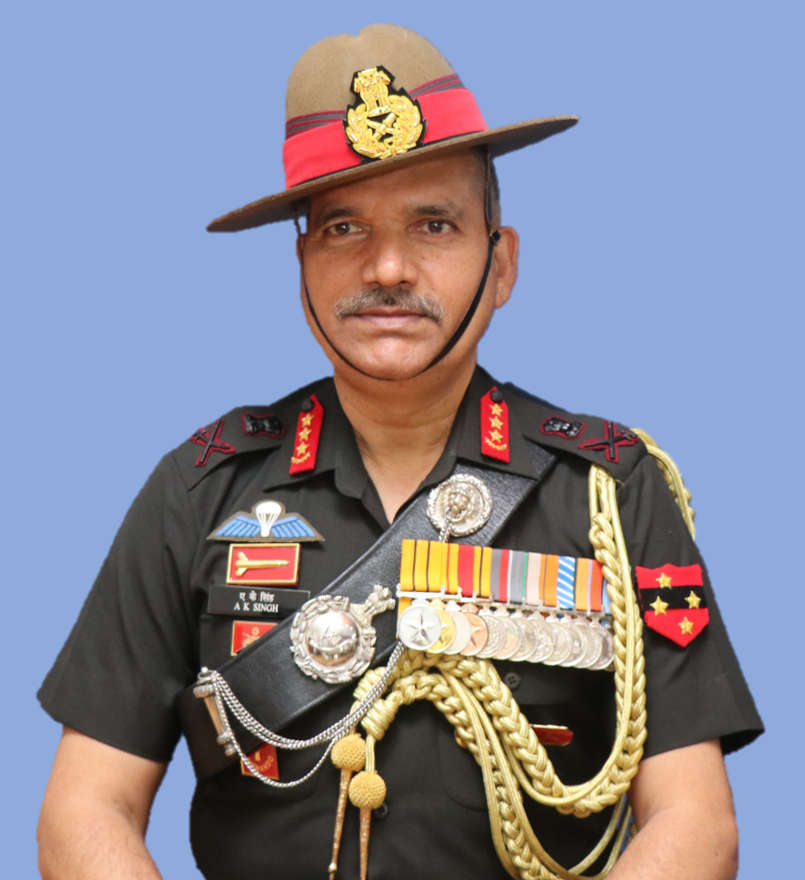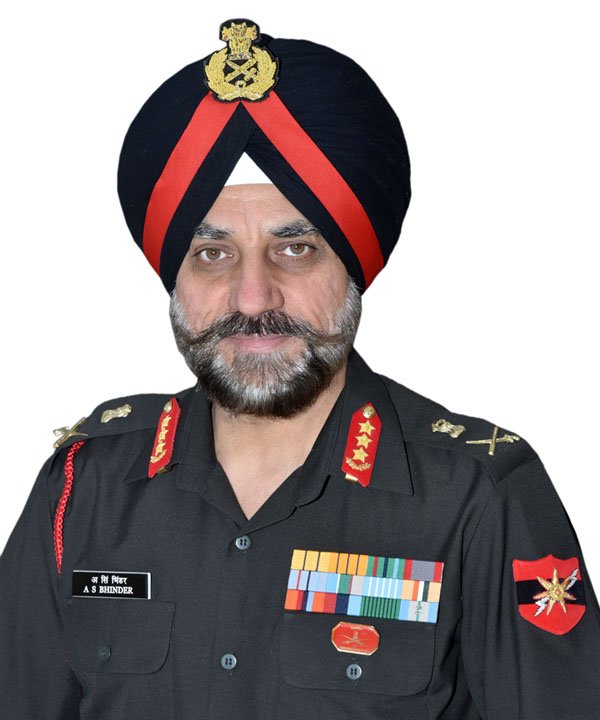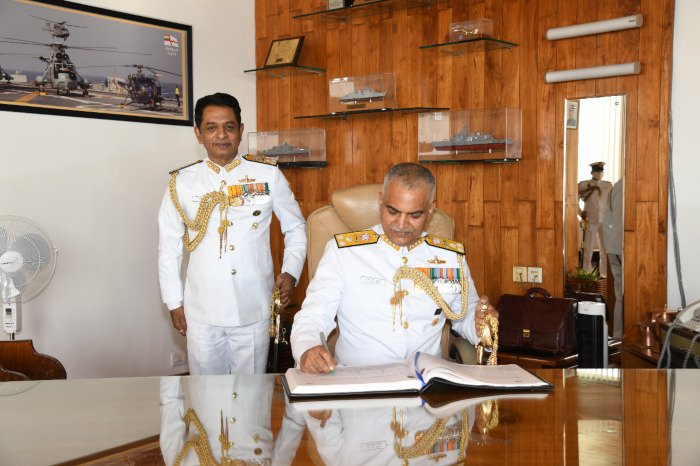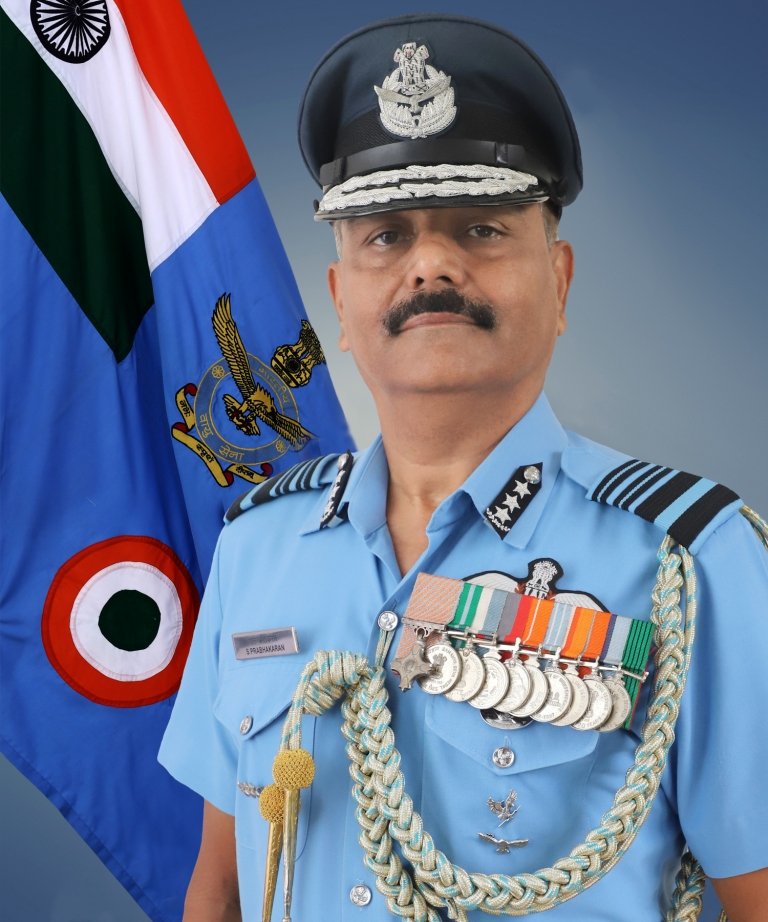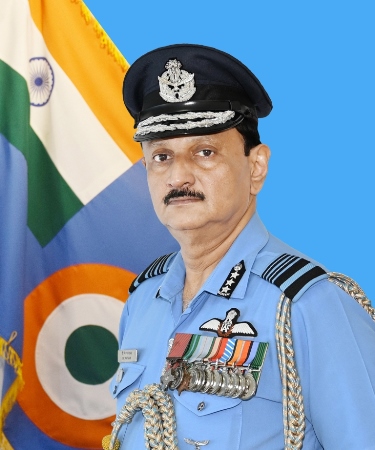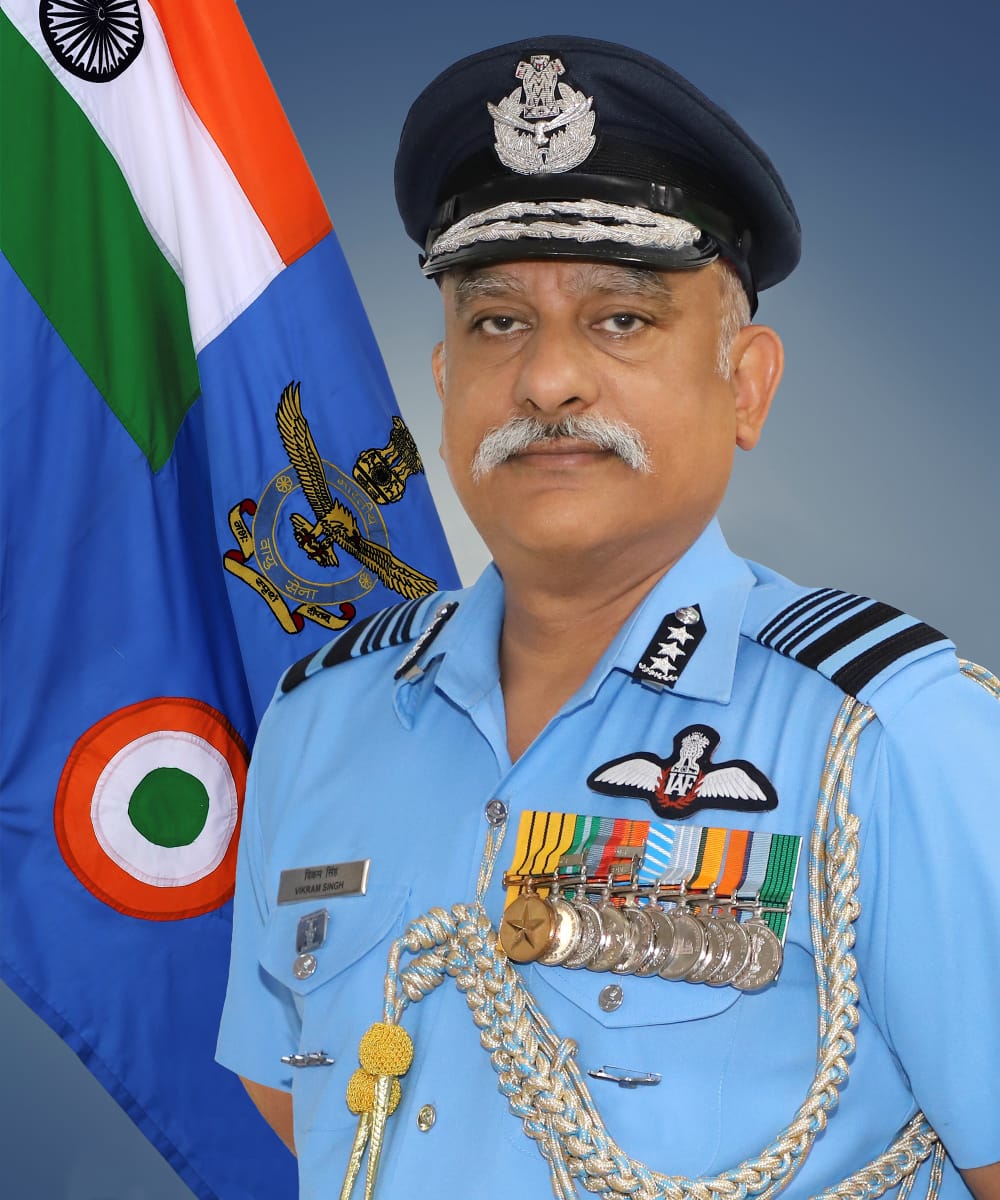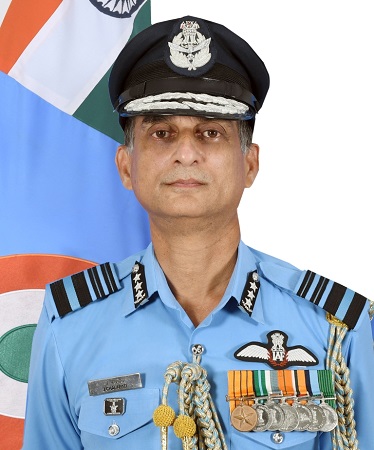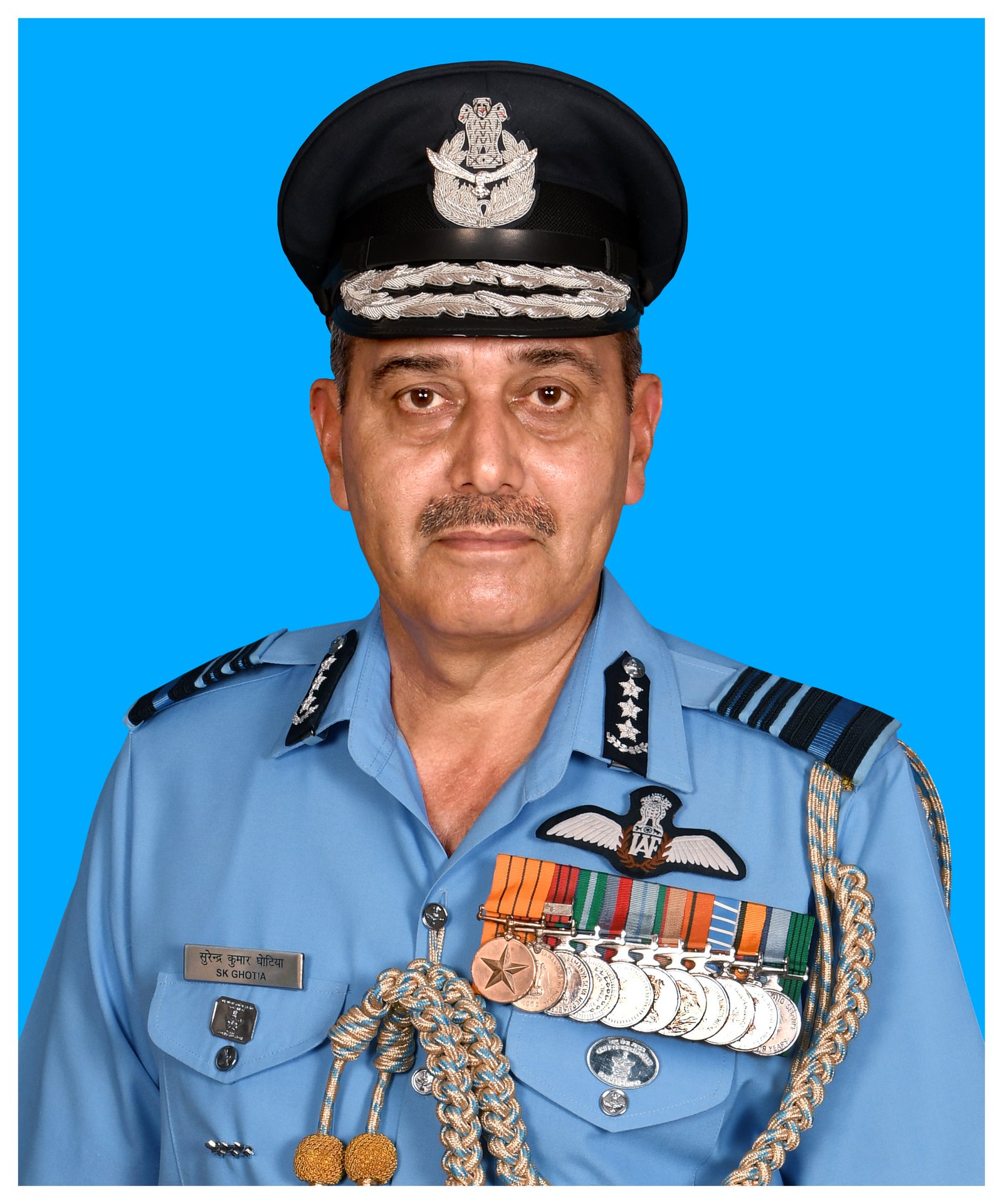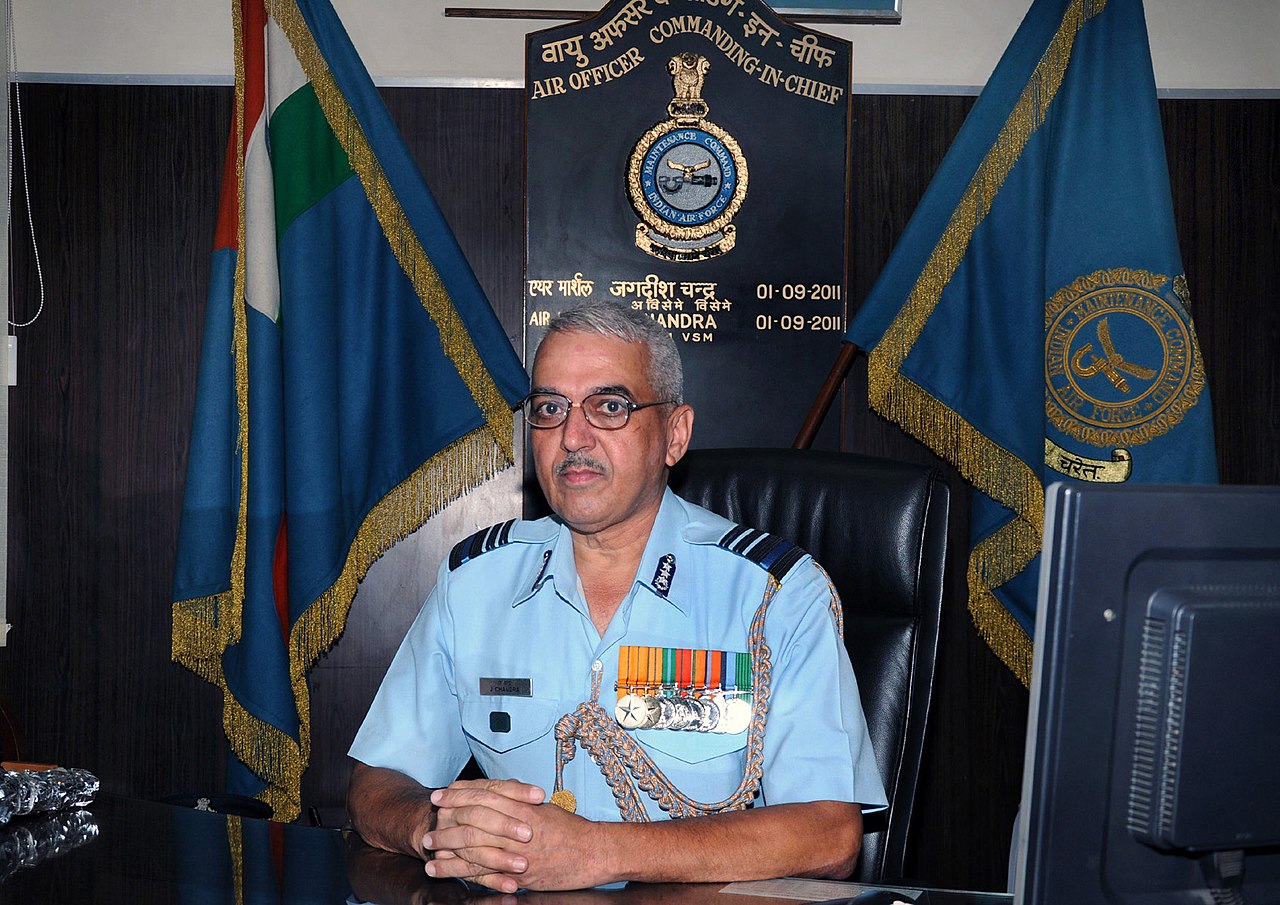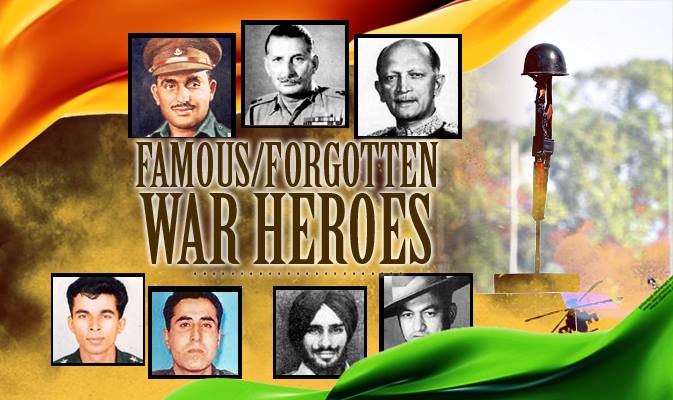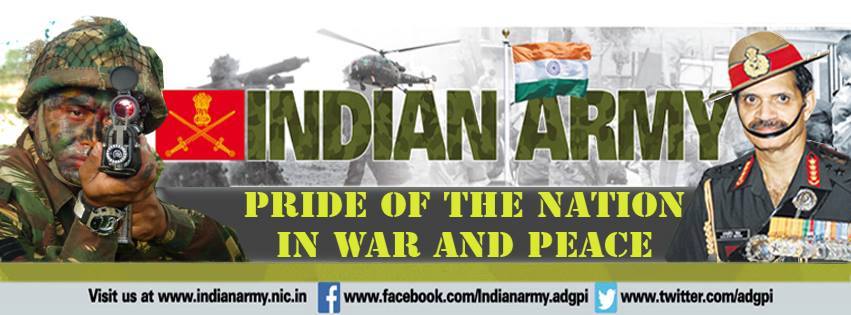The aim of the Corporation is to provide for the welfare and economic uplift of the ex-servicemen of the State.
To plan, promote and undertake, on its own or in collaboration with or through such ex-servicemen Organisations or other agencies as may be approved by the Corporation, programme of agriculture development, marketing, processing, supply and storage of agriculture produce, small-scale industry, building construction, transport and such other business, trade or activity as may be approved in this behalf by the Government.
To provide financial assistance to ex-servicemen or their organisations by advancing to them in cash or in kind loans including loans under hire-purchase system for any of the purpose specified in clause (i) either directly through such agency, organisation or institution as may be approved by it ;
To give on hire agricultural or industrial machinery or equipment to ex-servicemen or their organisations;
To give grants and subsidies to, and to guarantee loans taken by, the ex-servicemen or their organisations;
To discharge such other functions as may be prescribed or as are supplemental, incidental or consequential to any of the functions conferred on it under this Act.
LIST OF PROJECTS
1. SECURITY SERVICES
2. EMPLOYMENT OF DRIVERS
3. PESCO SAINIK SECURITY TRAINING INSTITUTE
4. PESCO VOCATIONAL TRAINING INSTITUTE, MOHALI
5. PESCO VOCATIONAL TRAINING INSTITUTE, BATHINDA
SECURITY SERVICES
PESCO started first security projects in the year 1991 so as to :-
(a) To provide employment avenues for ex-servicemen.
(b) PESCO Security unit has been making rapid strides in providing employment opportunities to Ex-servicemen. Presently, security staff of 11500 personnel has been employed in over 490 PSUs/ Private organisation viz BSNL, PSEB, Thermal Plants, Banks, BBMB, BPCL etc.
EMPLOYMENT OF DRIVERS
The Corporation has provided 139 trained drivers to PEPSU Road Transportation Corporation, Guru Hargobind Thermal Plant, Lehra Mohabat, Punjab Health Systems Corporation, Punjab State Electricity Regulatory Commission, Bhakra Beas Management Board & Bharat Sanchar Nigam Ltd. on contract basis for driving their light / heavy and utility vehicles & Dozers.
PESCO SAINIK SECURITY TRAINING INSTITUTE, MOHALI
Under the provision of Private Security Agencies (Regulation) Act 2005, and Punjab Government Private Security Agency Rule Act 2007, every Security Guard / Supervisor is required to have proper training in security duties. The Corporation has established PESCO Sainik Security Training Institute at C-115, Industrial Area Phase-VII, Mohali. The Institute is recognised by the Punjab Government as a Nodal Agency for imparting Security trainning to Ex-Servicemen, their dependents & weaker section of the society. The Corporation also runs courses approved by the Director General of Resettlement and security courses of the Directorate of Employment Generation, Punjab. For more details contact at site or Telephone No.0172-5013646.
PESCO VOCATIONAL TRAINING INSTITUTE, MOHALI (PVTI)
PVTI, Mohali has been established at C-115, Industrial Area, Phase VII, Mohali. Security and Vocational Training Courses to include Basic Computer Skill, Fire and Industrial Safety, Refrigeration and Air-Conditioning, Electrical and Electronic Technician, JCB are being conducted besides Directorate General of Resettlement (MOD) courses for serving Army, Navy and Air-Force personnel.
PESCO VOCATIONAL TRAINING INSTITUTE, BATHINDA (PVTI)
PVTI, Bathinda has been established at B-14, Industrial Growth Centre, Mansa Road, Bathinda. Security and Vocational Training Courses to include Basic Computer Skill, Fire and Industrial Safety, Refrigeration and Air-Conditioning, Electrical and Electronic Technician, JCB are being conducted besides Directorate General of Resettlement (MOD) courses for serving Army, Navy and Air-Force personnel.










